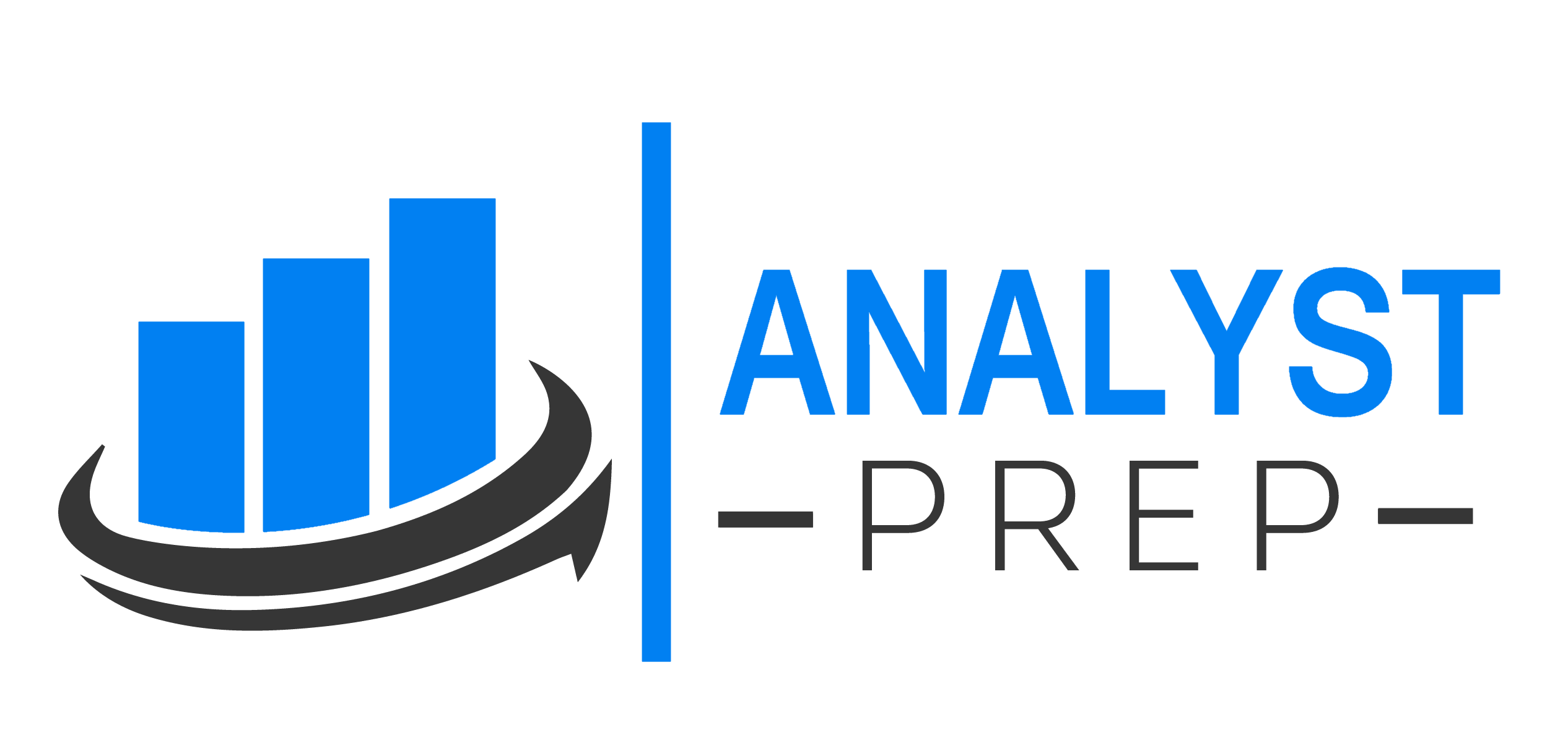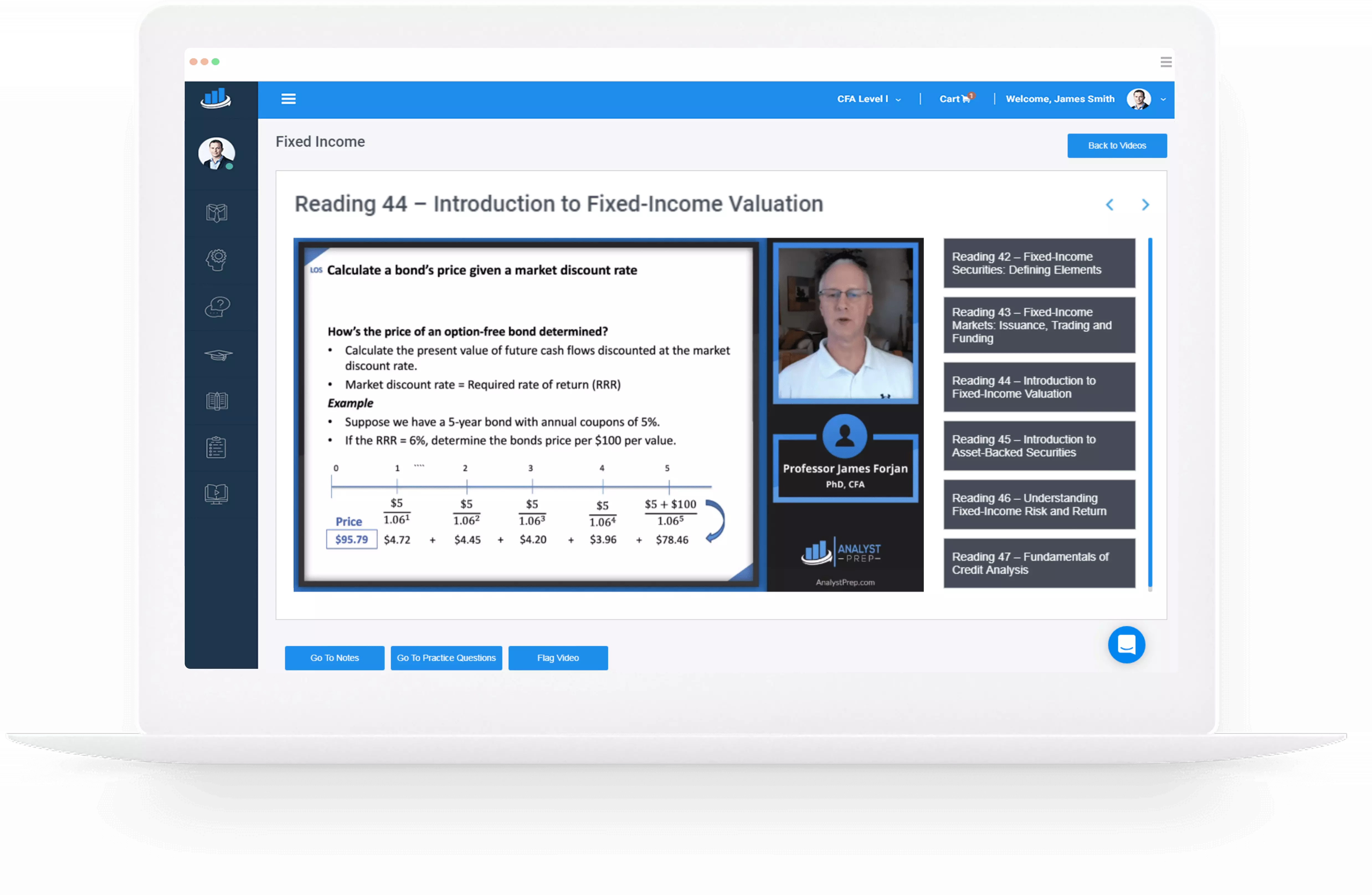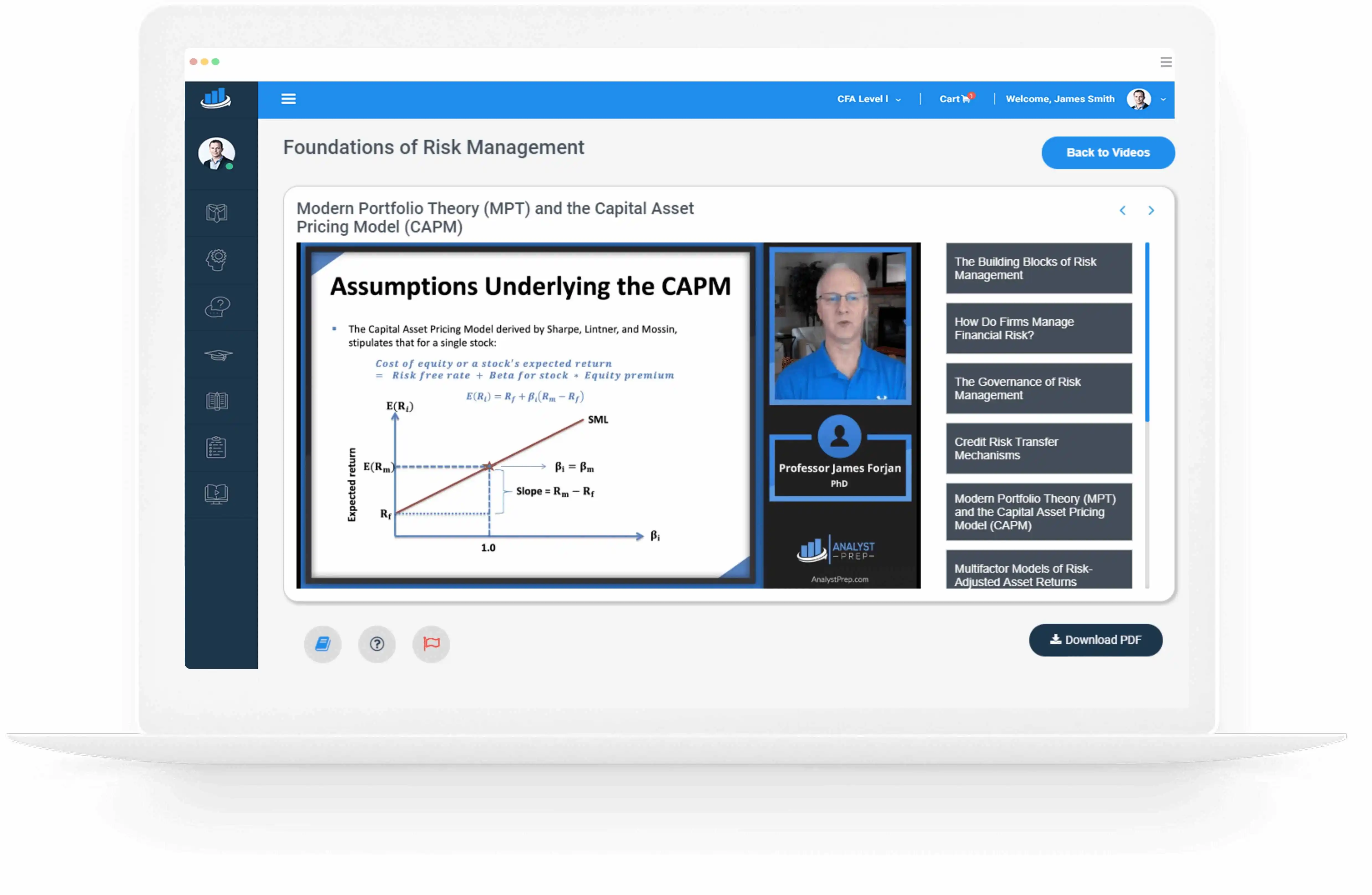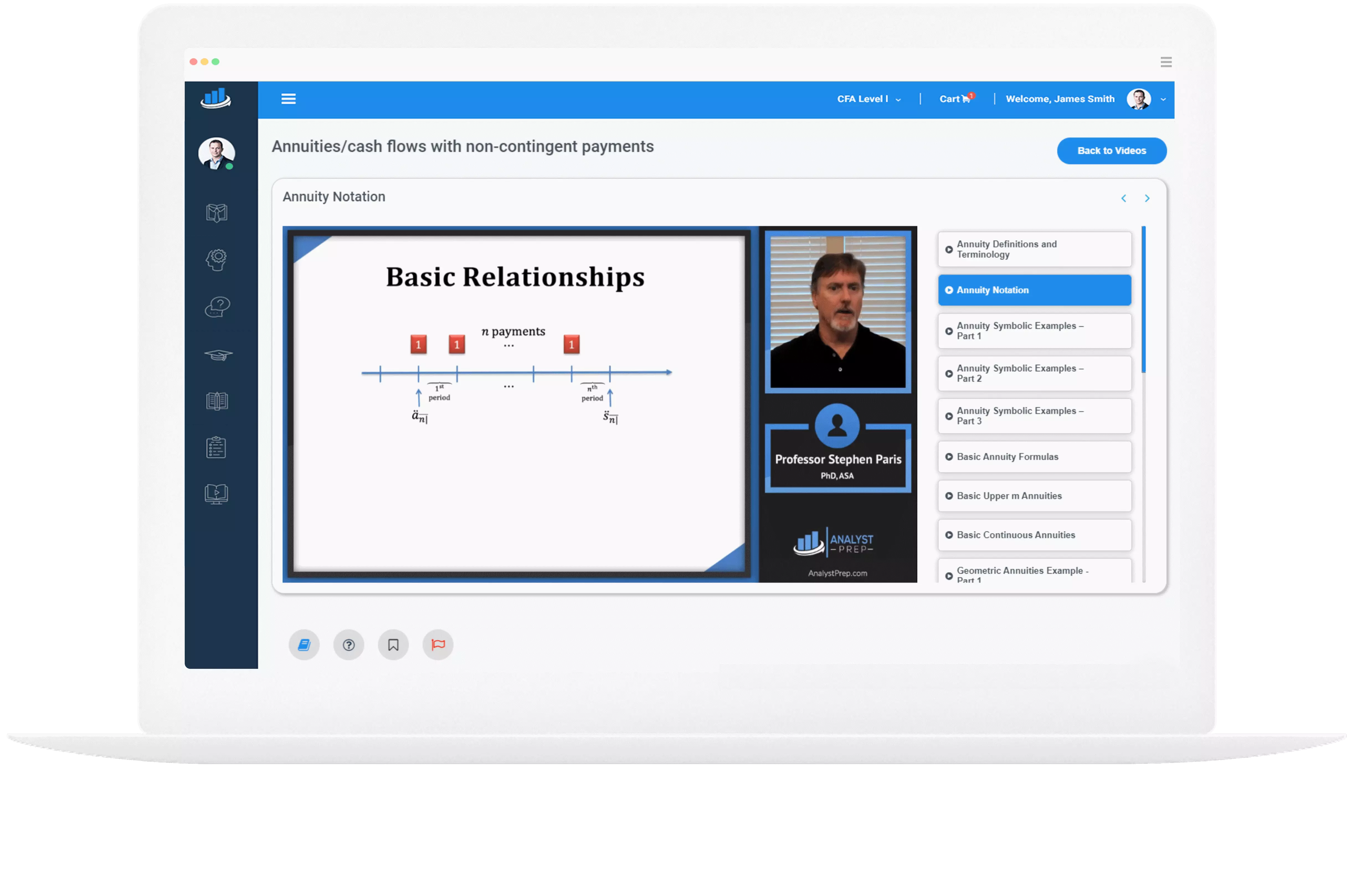Investment Forms and Vehicles Used in Digital Asset Investments
Investments in digital assets can be undertaken either directly on the blockchain or indirectly through exchange-traded products and hedge funds. Direct Investment on the Blockchain Direct investment on the blockchain requires a cryptocurrency wallet. The wallet holds the essential public…
Sources of Risk, Return and Diversification among Digital Asset Investments
The surge in value of digital assets, particularly cryptocurrencies such as Bitcoin and Ethereum, is a pivotal aspect in digital asset investments. These assets have experienced swift value escalations since their inception, especially due to the introduction of more conventional…
Investment Features of Digital Assets and Contrast them with Other Assets Classes
Digital assets have gained considerable importance in the financial services sector, establishing themselves as a novel asset category for investors, with cryptocurrencies primarily driving this surge. Investments in cryptocurrencies are commonly recognized as an alternative asset. As digital assets gain…
Arbitrage Relationship between Spot and Forward Exchange Rates
This section will consider the relationships between spot and forward rates, interest rates, and maturities that exist as a result of arbitrage relationships. Spot and Forward Rates In the professional FX market, forward exchange rates are commonly quoted in terms…
Capital Restrictions
Capital restrictions are the measures that governments or central banks take to control the flow of foreign money in and out of a country’s economy. Objectives of Capital Restrictions Economic Stability and Growth Governments impose capital restrictions to steer their…
Exchange Rate Regimes
An exchange rate regime is the framework a country’s central bank or government employs to determine its currency’s relative value in the international market. This regime influences the country’s trading relationships and capital flows. The chosen regime is based on…
Foreign Exchange Market
The foreign exchange (FX) market is the world’s largest market, with a daily turnover of approximately USD 6.6 trillion in 2019. It operates 24 hours daily, facilitating international trade and cross-border capital flows with participants from various backgrounds. Functions of…
Porter’s Five Forces and PESTLE Frameworks
Understanding Porter’s Five Forces Analysis Porter’s Five Forces is a vital analytical tool used to scrutinize the structure of an industry, which subsequently aids in predicting the potential long-term profitability of the industry, gauged through the returns on invested capital….
Cost-push and Demand-pull Inflation
[vsw id=”IP3HiHY1YA0″ source=”youtube” width=”611″ height=”344″ autoplay=”no”] Cost-push Inflation Aggregate supply is the total amount of goods and services produced by an economy at a given price level. Cost-push inflation is attributed to a reduction in the aggregate supply caused by…
Approaches to Forecasting a Company’s Capital Investments and Capital Structure
Long-term Assets Projections Long-term assets projections are primarily based on the cash flow statement and income statement projections. The net Property, Plant, and Equipment (PP&E) and intangible assets on the balance sheet mainly increase due to capital expenditures and decrease…




